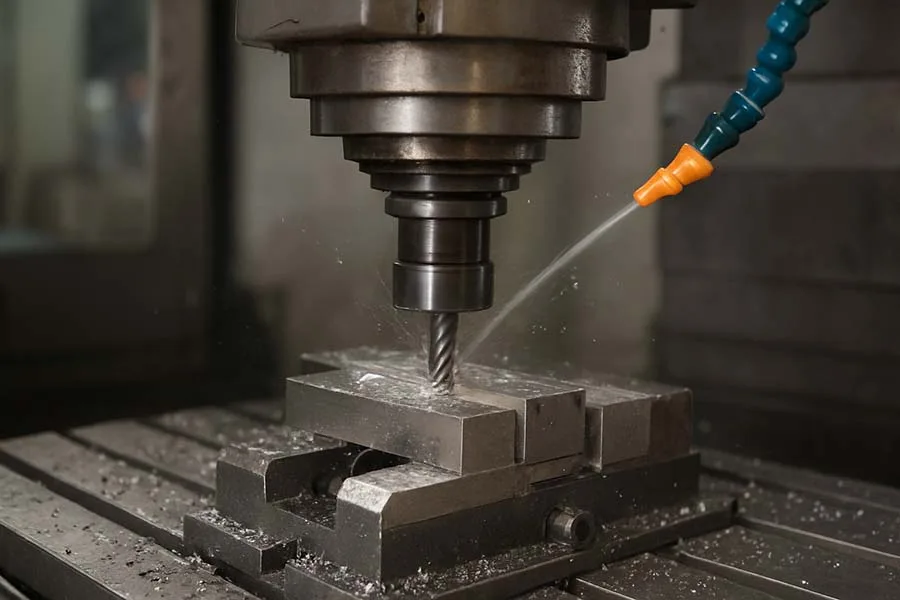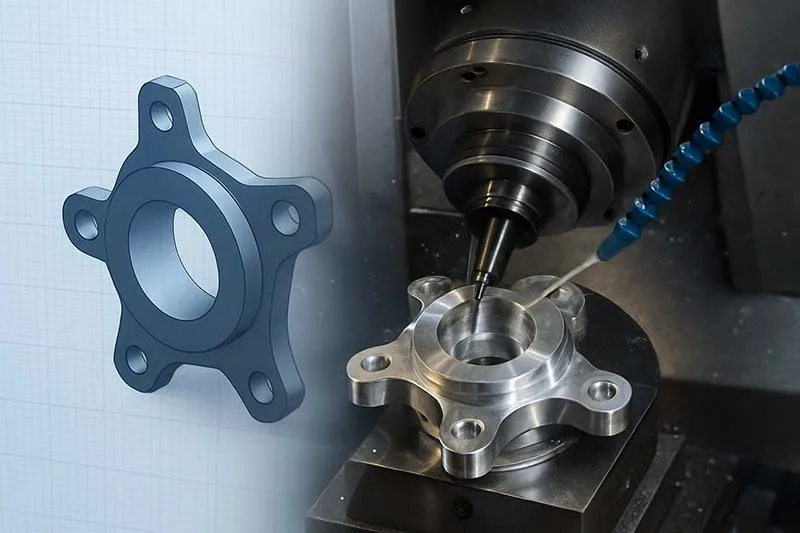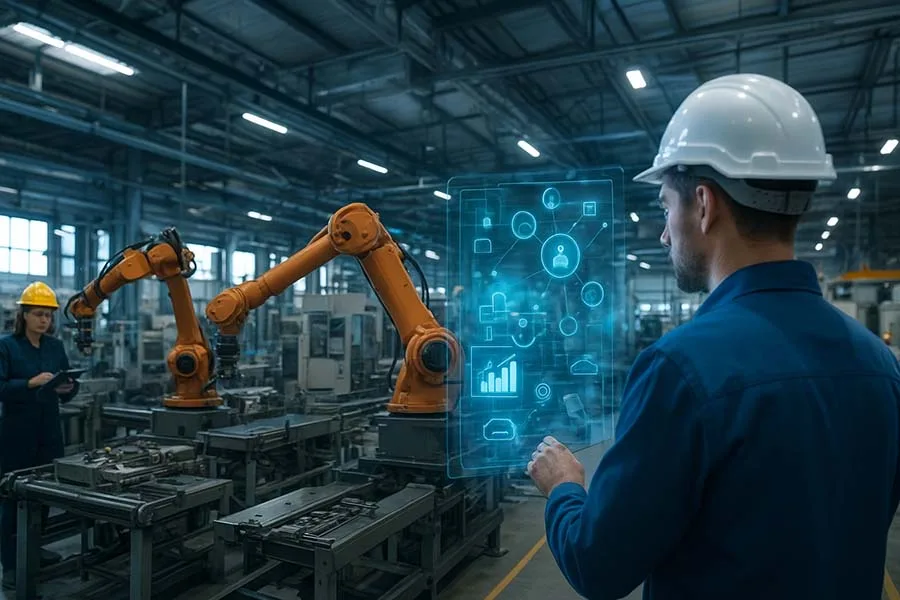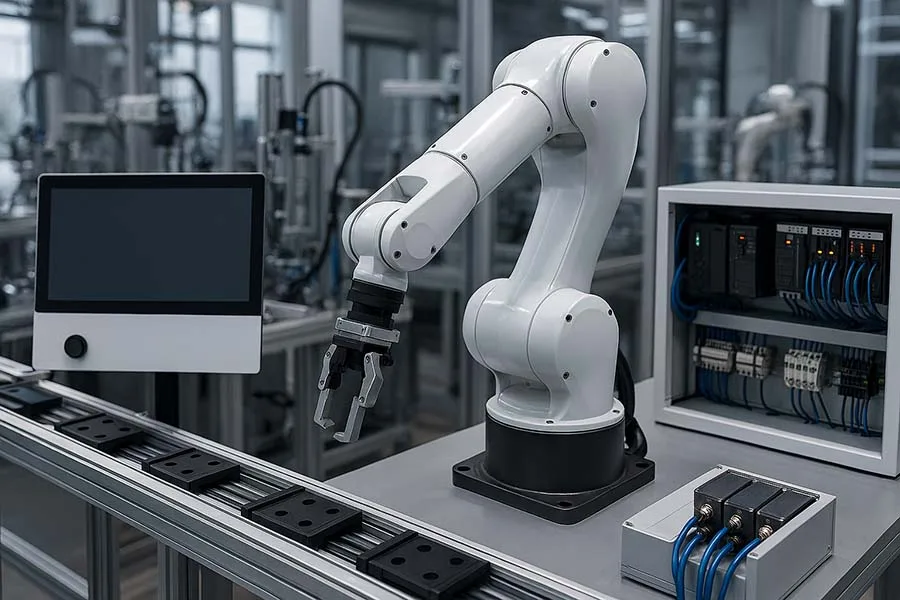Introduction
CNC machining has revolutionized manufacturing with precision, repeatability, and efficiency. Yet, even the most advanced machines and skilled operators face challenges that can slow production, increase costs, or impact quality. Understanding these common CNC machining challenges is crucial for improving operations, reducing downtime, and achieving consistent results.
This guide explores the top challenges in CNC machining and practical strategies to overcome them, helping professionals, students, and businesses navigate the complex industrial landscape.
1. Material Handling and Setup Errors
One of the most frequent issues in CNC operations is improper material handling or incorrect setup. Even a small misalignment can lead to defective parts, wasted materials, and machine damage.
Solutions:
- Double-check material alignment and clamping before machining.
- Use precision measuring tools to verify setup.
- Implement standardized setup procedures for all operators.
2. Tool Wear and Breakage
CNC tools experience wear over time, especially when machining hard materials or running high-volume production. Worn or broken tools can produce inconsistent parts and damage machines.
Solutions:
- Regularly inspect tools and replace worn items promptly.
- Use cutting fluids and appropriate feed rates to extend tool life.
- Track tool usage in maintenance logs or CNC software systems.
3. Programming Errors (G-Code Mistakes)
Incorrect programming or G-code errors can result in incorrect cuts, collisions, or complete production failure. Even experienced operators can make mistakes under time pressure.
Solutions:
- Review and simulate CNC programs before running.
- Provide thorough training in CAD/CAM software.
- Implement a checklist or peer-review system for critical programs.
4. Machine Maintenance and Calibration Issues
CNC machines require regular maintenance and precise calibration. Neglecting these tasks can reduce accuracy, cause unplanned downtime, and lead to costly repairs.
Solutions:
- Follow manufacturer-recommended maintenance schedules.
- Perform routine calibration checks.
- Keep detailed maintenance logs and track recurring issues.
5. Quality Control and Part Consistency
Maintaining consistent quality across batches is challenging, especially with complex parts or tight tolerances. Variability can arise from tool wear, material differences, or environmental factors.
Solutions:
- Implement in-process inspections and monitoring systems.
- Standardize material sourcing and storage conditions.
- Use statistical process control (SPC) to track deviations.
6. Emerging Trends Addressing CNC Challenges
Modern technologies are helping to overcome traditional CNC challenges:
- Automation & AI – Automated tool change, predictive maintenance, and AI-assisted error detection reduce human error.
- Digital Twins – Simulate machining processes before production to prevent mistakes.
- Industry 4.0 Integration – Real-time monitoring and data analytics improve efficiency, reduce downtime, and enhance quality control.
Conclusion
CNC machining offers incredible precision and efficiency, but common challenges like tool wear, programming errors, and setup mistakes can affect performance. By understanding these issues and implementing structured solutions, manufacturers and operators can improve reliability, productivity, and product quality.
Next in this subcluster: Cybersecurity in CNC Environments → Sustainability and Energy Efficiency in CNC → CNC vs 3D Printing → Overcoming the Skills Gap.





